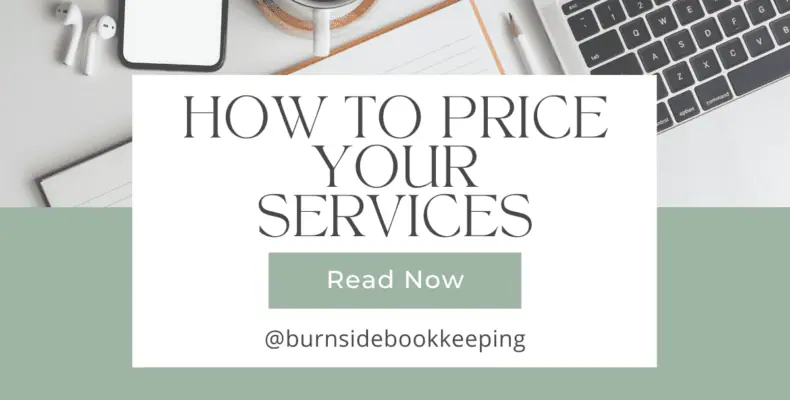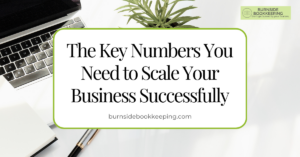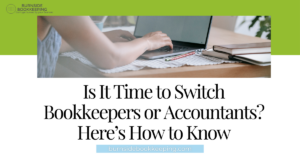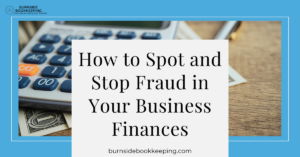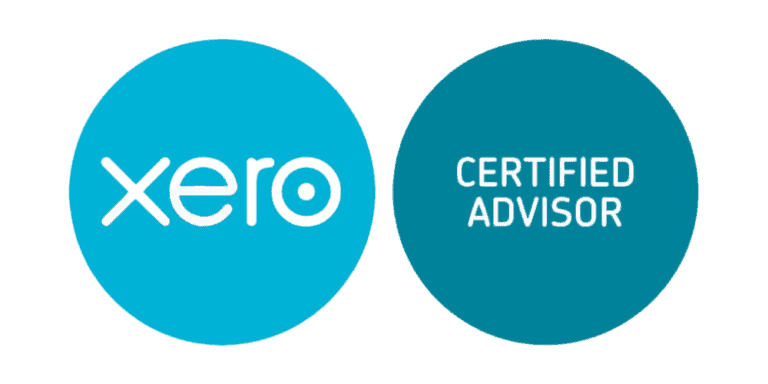Business Tip: How to Price Your Services

Do you know how to price your services?
Pricing is one of the most important factors that has a direct impact on your profit. Pricing is how much you charge for your service. A pricing strategy is simply that—a strategic plan and it’s a very significant one. If you don’t approach it in this way, you can struggle to decide how much to charge. If you stumble for too long, you might never get it back. Pricing can make or break the lifespan and health of your business, regardless of your sector, product, or service. Do you know how to price your services? Let’s dig into pricing 101.
Step 1. Calculate your costs.
Whatever pricing strategy you plan to use, before you set your prices, you should figure out what your costs are.
- Material costs – These are the costs that are required to provide the service.
- Labor costs – This is the cost of the employees you hire to deliver your service.
- Overhead costs – Overhead costs are the indirect costs you have running your service business.
Step 2. Considerations with pricing.
There is a lot of flexibility in how you set your prices. The downside to this flexibility is that there isn’t an out-of-the-box solution or formula that you can apply to pricing in your business.
- Competition’s pricing – You should know what the going rate is for a similar service.
- Cost-plus pricing – You can figure out your costs, then determine what you’d like your profit to be, and back into a price in that way. Make sure to consider industry standards for profits and make sure the value you provide is aligned with the profit you seek to make.
- Customer’s perception of value – If the customers perceive you to be an expert or that it’s a privilege to work with you because you’re one of the best in the industry, they’ll pay higher fees because of how they perceive you.
Step 3. Choose a Pricing Model.
There are classic pricing models. They are the hourly rate, the flat rate, and the retainer fee.
- Hourly rate – There are instances when an hourly rate works really well. Most freelancers start out pricing this way because it’s simple and straightforward.
- Flat rate/Project rate – The flat rate could work for you if you’re good at delivering projects quickly and efficiently and can manage your client’s expectations of the deliverables.
- Variable pricing – Charging different clients different prices can be tricky if you don’t know how to communicate why your prices have changed. If you’re trying to increase your rates, usually newer clients can understand an increase in price as your business grows or you offer new or different services.
4. You’ve got money in the bank.
The result of revenue growing faster than expenses over time is money in the bank. A healthy cash balance is a sign of long-term growth. A low or stagnant cash balance is a sign that your business is not sustainable. While it’s important to invest in your business to continue to grow it, you also want to make sure to keep a healthy amount of cash (several months’ worth of expenses) in the bank.
Summary
The price of a product, service, or commodity is determined by whether or not someone will pay for it. That’s all the market price is. It’s really that simple. You knew this entrepreneurial thing meant never staying in your comfort zone, right? Go on and deliver excellent value and receive appropriate value in return.
Contact us – we’re here to help!
Schedule a free, no-obligation Discovery Call with us: https://hello.burnsidebookkeeping.com/public/appointment-scheduler/630cfb590890c351b5d20c25/schedule
Looking to sign up for QuickBooks Online? Click here for 30% off for the first 12 months: https://quickbooks.grsm.io/karenburnside7448
https://burnsidebookkeeping.com/#contact
This post may contain affiliate links. Your purchase helps support my work in bringing you real information about best practice bookkeeping.
For Educational And Informational Purposes Only.

